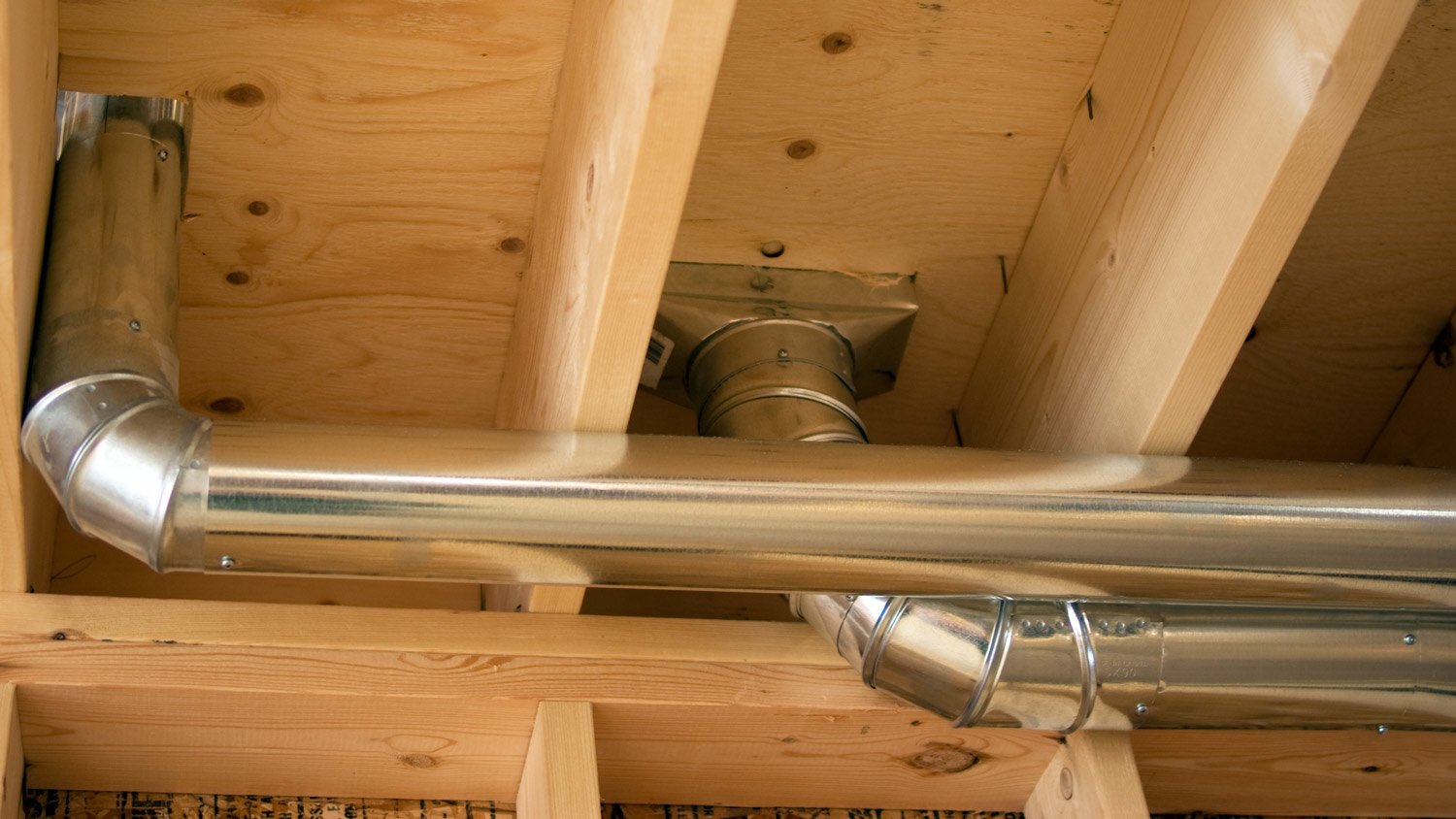
Discover the factors influencing air duct replacement costs in Houston, TX. Learn how to save money and make an informed decision for your home's comfort.
Your home’s airflow can impact both comfort and your HVAC operation


CFM is a measurement of the volume of air moving through a space in a minute.
In HVAC, CFM affects your system’s overall functionality and efficiency.
The HVAC system’s condition and your home’s design both affect CFM.
Your HVAC system capacity should be based on your home’s CFM.
When it comes to creating a comfortable and energy-efficient living environment, understanding the fundamental concepts of heating and cooling systems is crucial. But with so many acronyms and so much jargon, it can be confusing. That’s where we can help! One concept that plays a pivotal role in different types of HVAC systems is CFM. But what is CFM in HVAC, and why is it important? Let’s explore this airflow concept so you can determine the right capacity for your HVAC system.
CFM stands for Cubic Feet per Minute, and it’s a measurement assigned to the volume of air moving through a given space in one minute. In the HVAC world, CFM refers to the rate at which air is circulated through your home to maintain the desired temperature and air quality.
Think of CFM as your home’s breathing rate, except instead of how many breaths you take in a minute, it measures how effectively an HVAC system can deliver conditioned air to the different areas of your home.
Proper airflow is essential for an HVAC system to function efficiently. CFM contributes to the system's ability to distribute heated or cooled air evenly throughout your home. Without adequate airflow, certain areas might become uncomfortable by being too warm or too cold. Moreover, proper airflow contributes to maintaining optimal indoor air quality by ensuring consistent ventilation.
Calculating CFM involves a straightforward formula:
CFM = (Air Speed in Feet per Minute) × (Cross-sectional Area of Duct)
By multiplying the air speed by the cross-sectional area of the duct, you can determine the volume of air passing through in a minute. This calculation forms the foundation for understanding how effectively your HVAC system circulates air.
For instance, if your duct's air speed is 800 feet per minute and the cross-sectional area is 2 square feet, the CFM would be 1600 (the result of 800 × 2). This means that 1600 cubic feet of air flow through the duct every minute, influencing the temperature and comfort levels in your living spaces.

The following factors can play a part in your HVAC system’s CFM:
The design of your ductwork significantly impacts CFM. Well-designed ducts with appropriate dimensions and layouts allow for smooth airflow. On the other hand, poorly designed or undersized ducts can lead to reduced CFM and uneven air distribution.
Obstructions such as debris or furniture blocking vents, as well as leaks in the ductwork, can hinder proper airflow. Addressing these issues is crucial for maintaining optimal CFM and maximizing the efficiency of your HVAC system.
The type and condition of air filters also play a role in CFM. Clogged or low-quality filters restrict airflow, causing the system to work harder to maintain the desired temperature. Regularly changing filters and using high-quality options can help ensure consistent CFM and system performance.
The design of a home, including the number and placement of windows, as well as features like vaulted ceilings, significantly influences CFM. Windows impact airflow pathways, while vaulted ceilings alter air circulation patterns. These factors must be considered to ensure efficient HVAC system performance and balanced air distribution.

CFM might seem like a random formula, but it’s actually a really important factor in keeping your home clean and comfortable.
CFM directly influences ventilation. Adequate airflow ensures that stale indoor air is exchanged with fresh outdoor air, preventing the buildup of pollutants and allergens. This is especially crucial for maintaining a healthy indoor environment.
An HVAC system with the correct capacity for CFM operates efficiently, consuming less energy to achieve the desired temperature. Moreover, balanced airflow contributes to even temperature distribution, eliminating hot and cold spots and enhancing overall comfort.
Here’s what will help you determine what CFM capacity will work for your home.
Determining the right capacity for your HVAC system involves considering factors such as the size of your home, the number of rooms, insulation, and local climate. A local HVAC company will use complex calculations to accurately size your system and ensure optimal performance.
Specific needs, such as higher CFM requirements for areas with appliances that generate heat or humidity, should be taken into account during sizing. Additionally, factors like the number of occupants and the intended use of spaces affect CFM requirements.
From average costs to expert advice, get all the answers you need to get your job done.

Discover the factors influencing air duct replacement costs in Houston, TX. Learn how to save money and make an informed decision for your home's comfort.

If your furnace is malfunctioning, it could be a faulty control board. Find out what a furnace control board replacement costs for parts, labor, and more.

What you’ll pay in Houston, Texas, for furnace repairs depends on many factors. Here’s a breakdown of what can go wrong and the cost to fix those issues.

A whole-house humidifier costs between $400 and $800, but can have an ROI of 40%. Learn if adding this HVAC appliance is worth it for you.

There are a few different types of refrigerant for AC systems, but some contain environmental hazards. Learn about the five main types of refrigerant.

Ductwork losing energy? Here are six duct sealing methods that will help you get some big savings on your monthly energy bills.